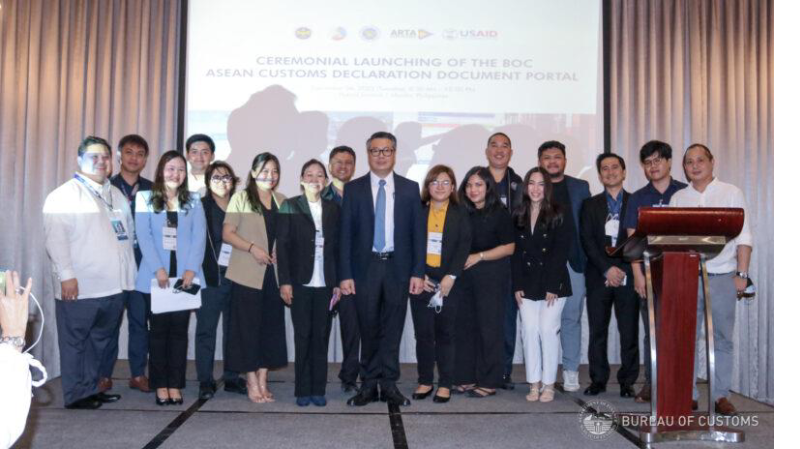
The Bureau of Customs (BOC), led by Customs Commissioner Yogi Filemon Ruiz, formally launched the portal for the electronic exchange of ASEAN Customs Declaration Documents (ACDD) among Association of Southeast Asian Nations members on 6 December 2022 at the F1 Hotel Bonifacio Global City in Taguig City.
Commissioner Ruiz underscores that through the ACDD Management Portal, the Philippines can now electronically exchange the customs declaration document with other ASEAN states, broadening the Philippines’ economic integration and maximizing the potential of intra-ASEAN trade. Launching this landmark digital tool is expected to improve bureaucratic efficiency, strengthen market competition, and reduce barriers to entry and limits to entrepreneurship.
The ACDD is a multipurpose document that quickly exchanges export declaration information among ASEAN member states. It consists of 15 mandatory information parameters extracted from the export declaration. It intends to inform the customs administration of the importing country about the approaching shipment from the exporting country with the aspect of facilitating customs clearance and the grant of a preferential tariff rate.
The portal’s launch follows BOC’s issuance in October of Customs Memorandum Order No. 26-2022, which settled the guidelines and procedures for electronic exchanges of ACDD through the ACDD Operations Portal in line with the ASEAN protocol on the legal framework implementing the Philippine ASEAN Single Window (ASW).
Representatives from the United States Agency for International Development (USAID) are joined by about 140 stakeholders and representatives from the Philippines, both online and in-person, to witness the momentous launch – unveiling one of the landmark digital tools of the Bureau under the administration of President Ferdinand R. Marcos Jr.
Furthermore, the Philippines has adjoined seven other ASEAN Member States, namely Brunei, Cambodia, Indonesia, Malaysia, Myanmar, Singapore, and Thailand, in digitizing trade processes and enriching regional economic connectivity. JVL
